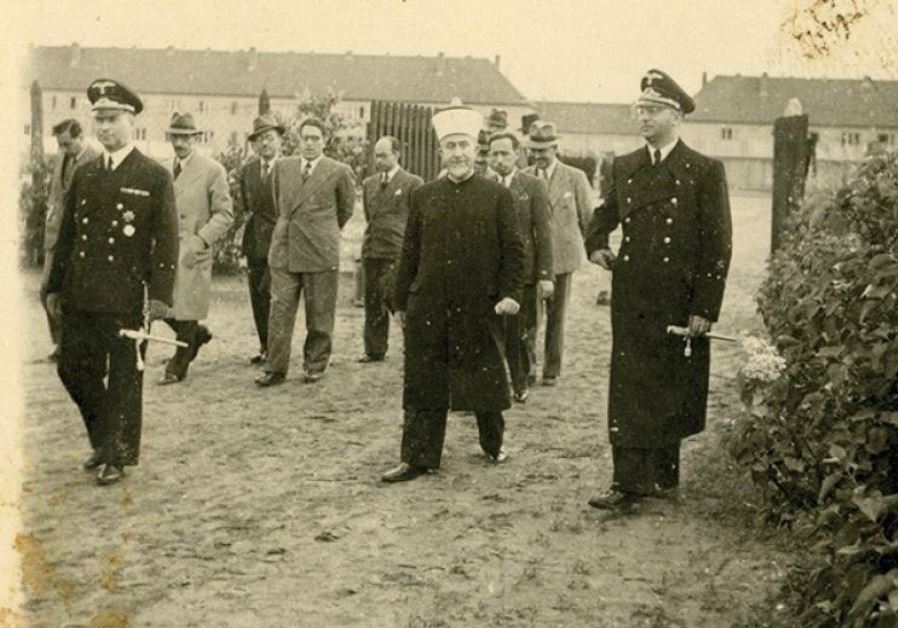Auction house unveils previously unseen pictures of Mufti al-Husseini visiting German camp
More evidence emerges of the strong ties the Muslim leadership forged with officials from Nazi Germany.
 Haj Amin al-Husseini pictured visiting an unnamed German camp during World War II. (photo credit: KEDEM AUCTION HOUSE)Updated:
Haj Amin al-Husseini pictured visiting an unnamed German camp during World War II. (photo credit: KEDEM AUCTION HOUSE)Updated: